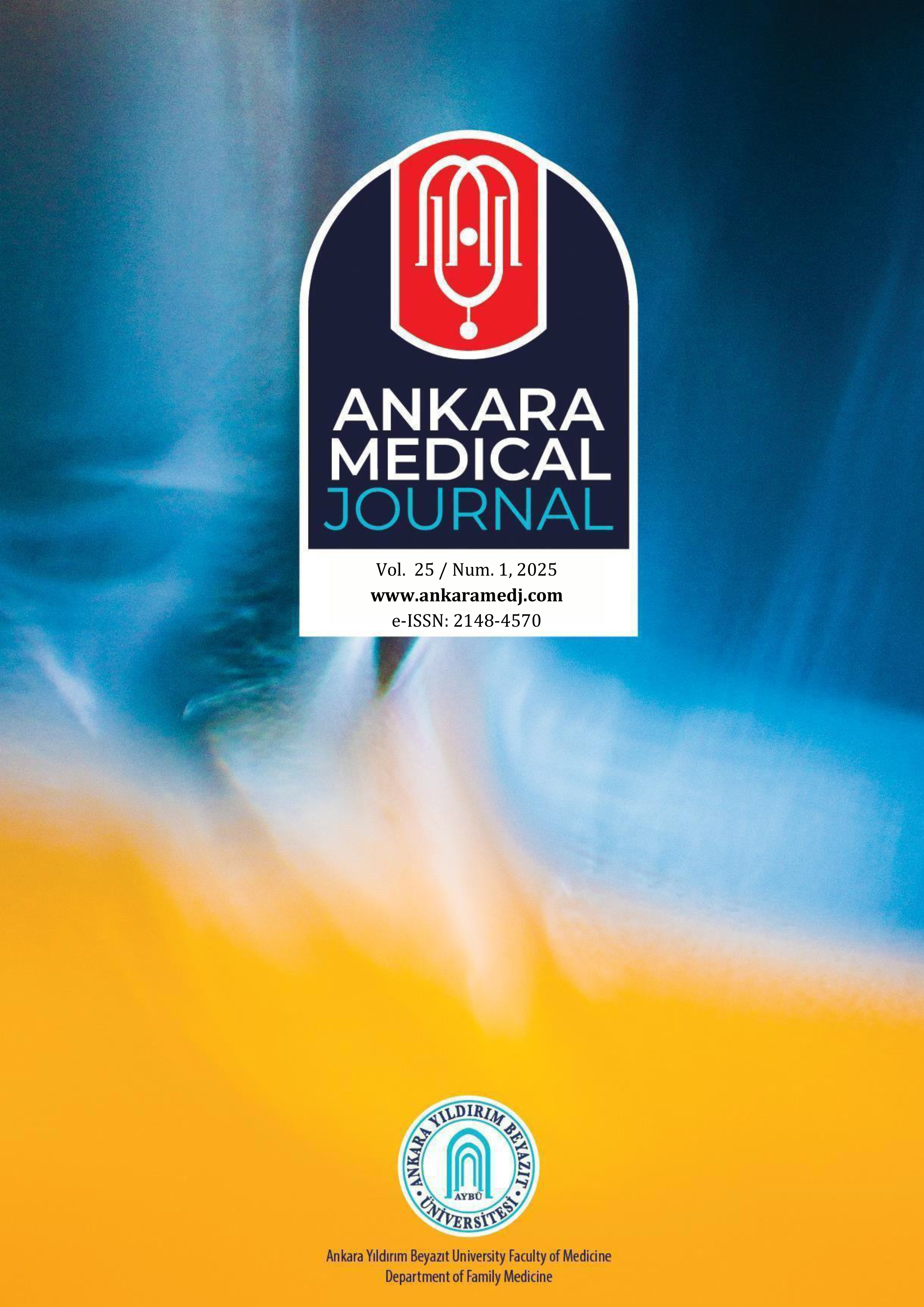Medication Adherence and Self-Efficacy in Patients on Polypharmacy
Safiye Kübra Çetindağ Karatlı1, Salih Karatlı2, Nurhayat Özkan Sevencan3, Duygu Kes4, Fatime Şahin51Department of Family Medicine, University of Health Sciences, Gülhane Training and Research Hospital, Ankara, Türkiye2Department of Medical Oncology, Ankara Etlik City Hospital, Ankara, Türkiye
3Department of Internal Medicine, Karabük Training and Research Hospital, Karabük, Türkiye
4Department of Internal Medicine Nursing,Karabük University Faculty of Health Sciences, Karabük, Türkiye
5Diabetes Education Nursing,Karabük Training and Research Hospital, Karabük, Türkiye
INTRODUCTION: Polypharmacy is defined as the use of multiple medications or the use of more medications than medically necessary, though there is no consensus on a precise definition. This study aimed to identify self-efficacy, treatment adherence, and the most influential factors affecting treatment adherence in patients with polypharmacy.
METHODS: Patients using at least two medications were included in the study. A questionnaire, prepared based on a literature review, and the Medication Adherence Self-Efficacy Scale Short Form (MASES-SF) were administered to determine the patient's sociodemographic characteristics, disease status, types of medications used, and self-efficacy.
RESULTS: The mean age of the 414 patients participating in the study was 59.9±11.8 years. Of the patients, 58.5% (n: 242) were female and 41.5% were male. There were significant differences in the mean scores of the Medication Adherence Self-Efficacy Scale based on the number of medications used and the number of chronic diseases. Patients using 2 medications had higher self-efficacy levels in medication adherence compared to those using 4 or more medications, and patients with 1 chronic disease had higher self-efficacy levels compared to those with 3 or more chronic diseases. Additionally, treatment adherence and self-efficacy were higher in males, patients with primary education, and those who visited doctors more frequently.
DISCUSSION AND CONCLUSION: Identifying the factors that complicate treatment adherence in patients with multiple chronic diseases and high medication use, developing solutions to these problems, and increasing awareness among physicians can slow the progression of the disease and reduce the economic costs of adverse outcomes in our country.
Manuscript Language: English
(296 downloaded)





